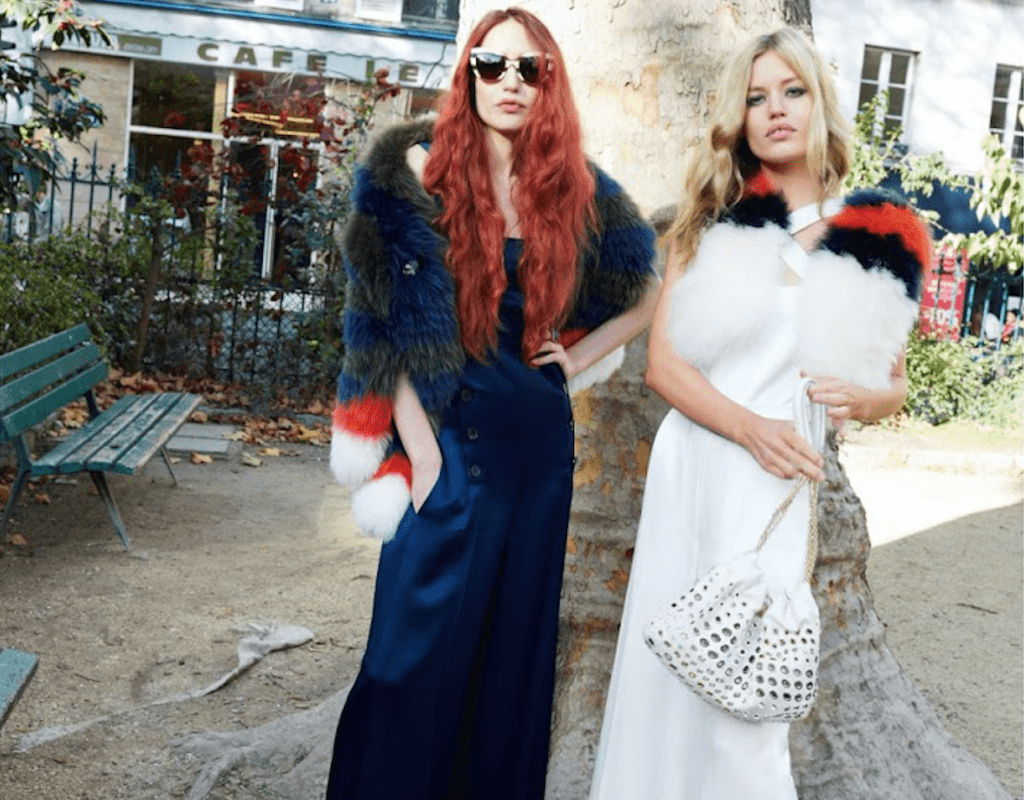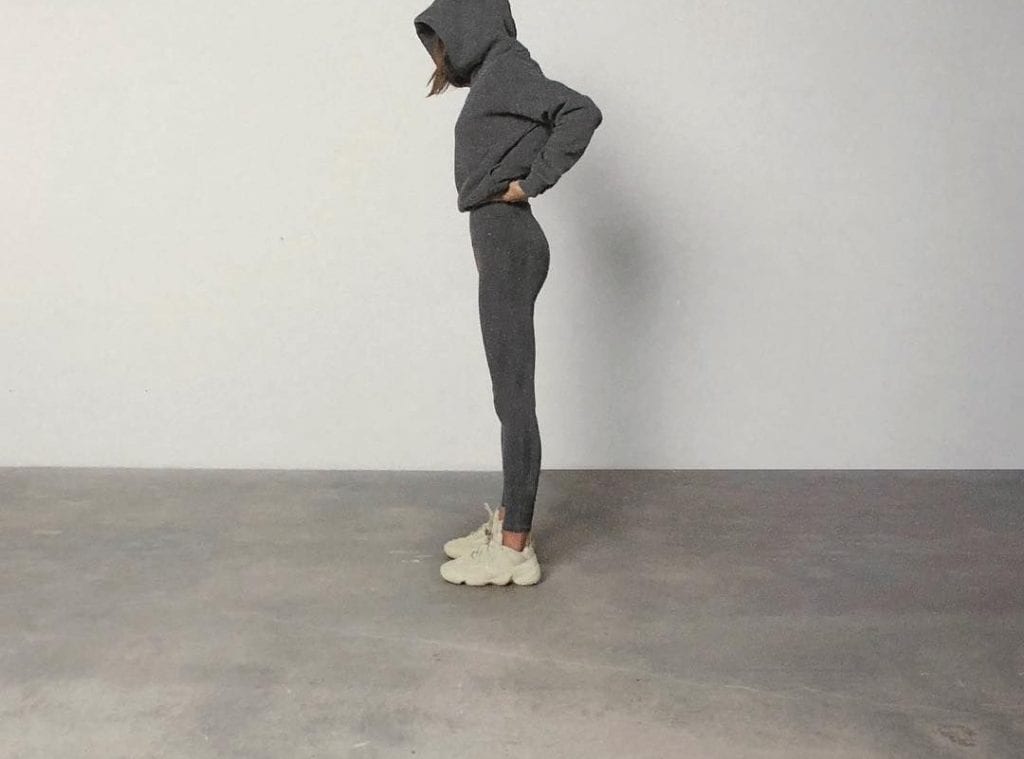In the spring of 2019, Sonia Rykiel filed for bankruptcy and liquidated the entirety of its business in the United States. Executives’ major restructuring plans for the brand, which included culling its lower-end Sonia by Sonia Rykiel line, emphasizing its core Sonia Rykiel collection under the watch of creative director Julie de Libran, staging a glitzy couture debut to celebrate the brand’s 50th anniversary, and trying its hand at a new “it” bag, had largely fallen flat.
As of March 2019, de Libran – a veteran of Marc Jacobs’ Louis Vuitton, who was hired in 2014 to breathe new life into the brand’s offerings – was ousted in light of falling revenue and a reported clash with CEO Eric Langon. (While de Libran claims that she was fired with a year and a half left of her contract, the brand asserts that she quit). And with that, “the dream of turning Sonia Rykiel into another Céline,” the LVMH-owned brand that Phoebe Philo resurrected into a go-to for minimalist luxury wares, “had been abandoned,” as veteran journalist Dana Thomas put it.
Fast forward to that summer, and the Paris-based brand closed the majority of its stores in France, while potential bidders reviewed its books in light of a flurry of acquisition interest. According to Thomas, “By July, three [interested parties] remained: Emmanuel Diemoz, a former Balmain chief executive, who planned to concentrate on the brand’s knitwear and ready-to-wear and shrink its brick-and-mortar network the French real estate entrepreneurs Nicole Levy and Julien Sedbon, who wanted to focus on e-retailing; and a Chinese investor, who was conducting due diligence.”
As would soon become obvious, none of those takeover propositions – which were born after Sonia Rykiel’s parent company, Chinese investment empire Li Fung Group’s First Heritage Brands, sought court protection against creditors and started a search for new ownership, “kicking off a fourth-month bidding process that ended after no winning bid emerged despite a flurry of interest and deadline extensions,” per WWD – would come into fruition. “Until the very last month, the company’s CEO and human resources [staffers] were looking to save the house, and everybody felt it could be saved,” an executive for the company, speaking anonymously, told Thomas.
Any potential deals were formally cut off by the July 25, 2019 decision from a Paris commercial court, which forced the brand into complete liquidation, some 50 years after the now-late Ms. Sonia Rykiel, herself, launched the knitwear label in Paris at the height of the student riots. The raven-haired designer, 38-years old at the time, would become famous as much for her fiercely independent spirit as for her knitwear, which found fans in the likes of Audrey Hepburn and Brigitte Bardot, and later, Sarah Jessica Parker, Kendall Jenner, and Amal Clooney.
With its operations at a halt, Sonia Rykiel was ready to be sold off by its individual parts in the fall of 2019. Those parts consisted of its intellectual property rights (namely, its various global trademark registrations, and decades of archives and product prototypes); the commercial leases for its brick-and-mortar outposts in France – from its Saint Germain flagship to a glitzy boutique in Cannes, among others; and its remaining stock of garments and accessories.
Through a court-mandated process, interested parties could bid for the individual assets, but ultimately, the winning bidders, brothers Eric and Michael Dayan bid for all of the offerings, and won the court’s approval.
Now, the Dayans – who founded Showroomprive.com, an online private sales business for branded goods, in 2006 – are tasked with reviving the recently-defunct brand, which has been dark since it shuttered since July 2019, save for a recent flurry of social media activity touting the brand’s impending “new chapter.”
While the brothers have yet to detail how exactly that new chapter, and their attempt to return the brand to fashion industry grace will play out, what is undoubtedly at the heart of the deal and what the Dayans really bought when they acquired Sonia Rykiel – and what they will inevitably leverage – is the brand’s arsenal of trademarks and the goodwill that comes along with them.
That portfolio, which the Dayans reportedly paid something in the ballpark of €8 million ($8.66 million) for, is relatively sweeping. It includes rights in (and registrations for) the Sonia Rykiel name in markets across the globe – from its native France and the U.S. to Singapore and Australia – for use in classes of goods that range from clothing and handbags to perfume and cosmetics. It also includes source-identifying stripe configurations, such as one that consists of “Orange (Pantone: 158C), black, red (Pantone: 1795C), pale pink (Pantone: 1905C), hot pink (Pantone: 226C), yellow (Pantone: 116C),” for use on the same array of goods. The brand is, after all, famous for its use of stripes.
In addition to the marks, themselves, which are almost certainly the company’s most valuable assets, the Dayans have acquired an additional intangible asset: the brand’s legacy, which is embedded in those trademarks. Called “goodwill” in legal jargon, the reputation of the brand, itself, and the qualities that consumers tie to it, is a large part of what makes a brand – and its name and other trademarks – valuable.
Devoted Sonia Rykiel fans and fashion industry buffs, alike, will know that synonymous with the brand is “a chic woman in a beret and a striped version of that little pullover sashaying around the Saint-Germain-des-Pres quarter of Paris,” as the Washington Post’s Robin Givhan characterized it back in 2016. However, for the average fashion-focused consumer, the brand’s backstory and its goodwill is hardly as readily-recognizable and not nearly as striking as that of more storied or more relevant names in the crowded fashion industry, whether that be established luxury brands or buzzy streetwear and direct-to-consumer startups.
And as a handful of recent examples of revamp attempts – from LVMH Moët Hennessy Louis Vuitton’s quiet acquisition and ensuing revamp of Jean Patou and the unsuccessful Harvey Weinstein-tied Charles James revival project)to the since-shuttered Vionnet (which oil oligarch-turned-fashion investor Goga Ashkenazi attempted to revive beginning in 2012) – reveal, bringing a brand back from the dead is no easy feat. As such, while the Dayans have all of the integral pieces of the Sonia Rykiel brand within their control, they also have their work cut out for them.











